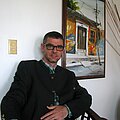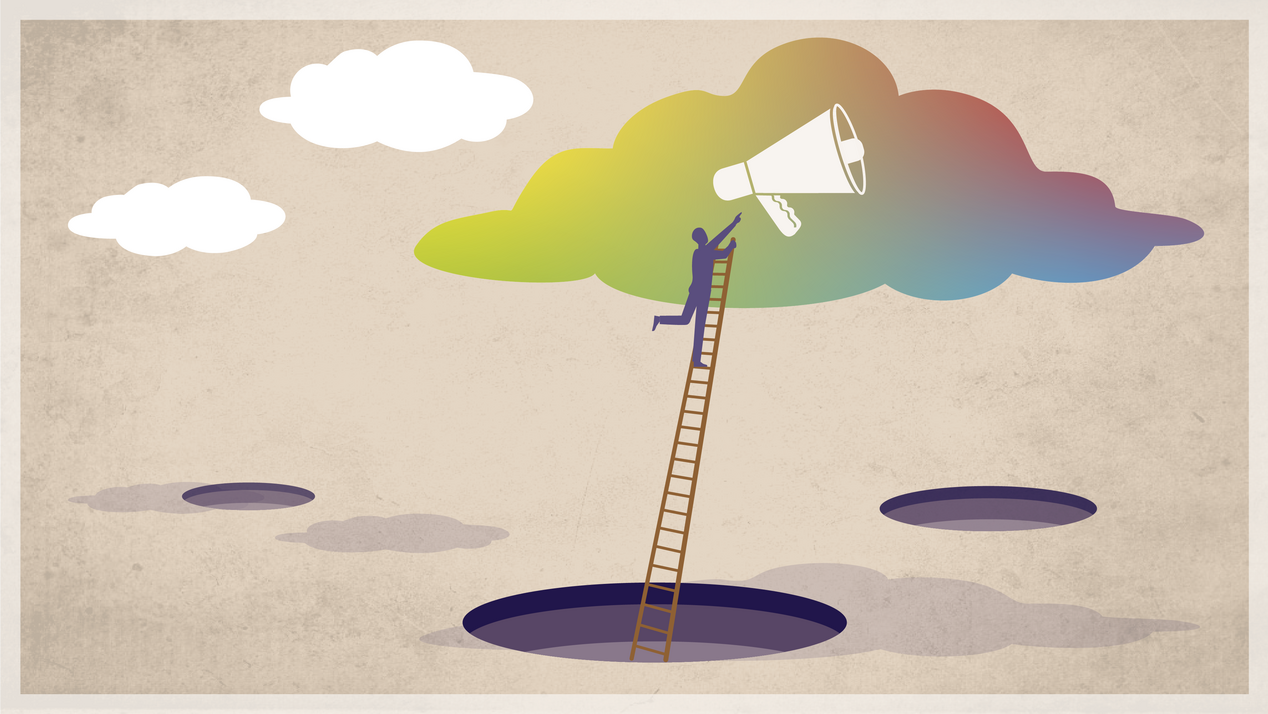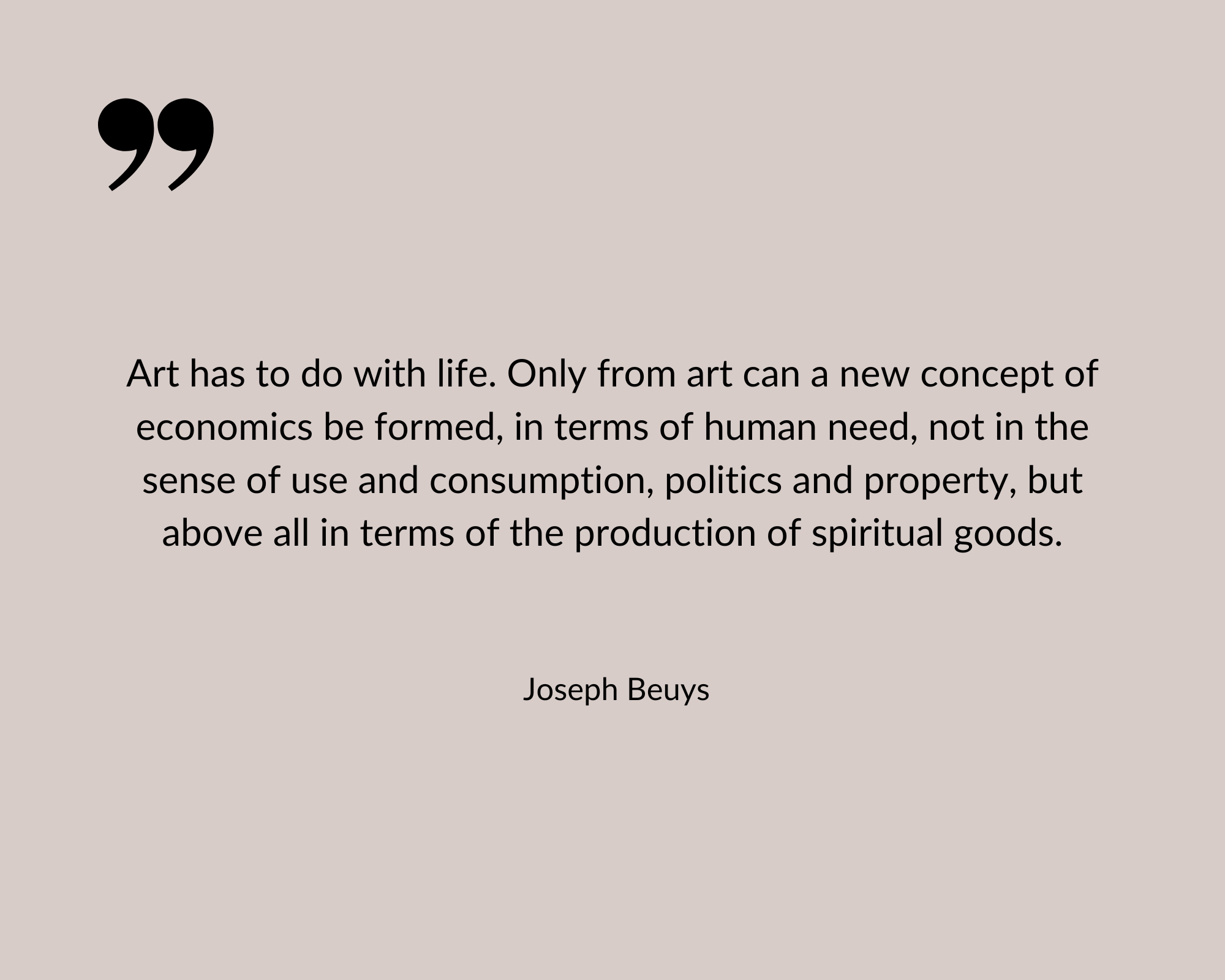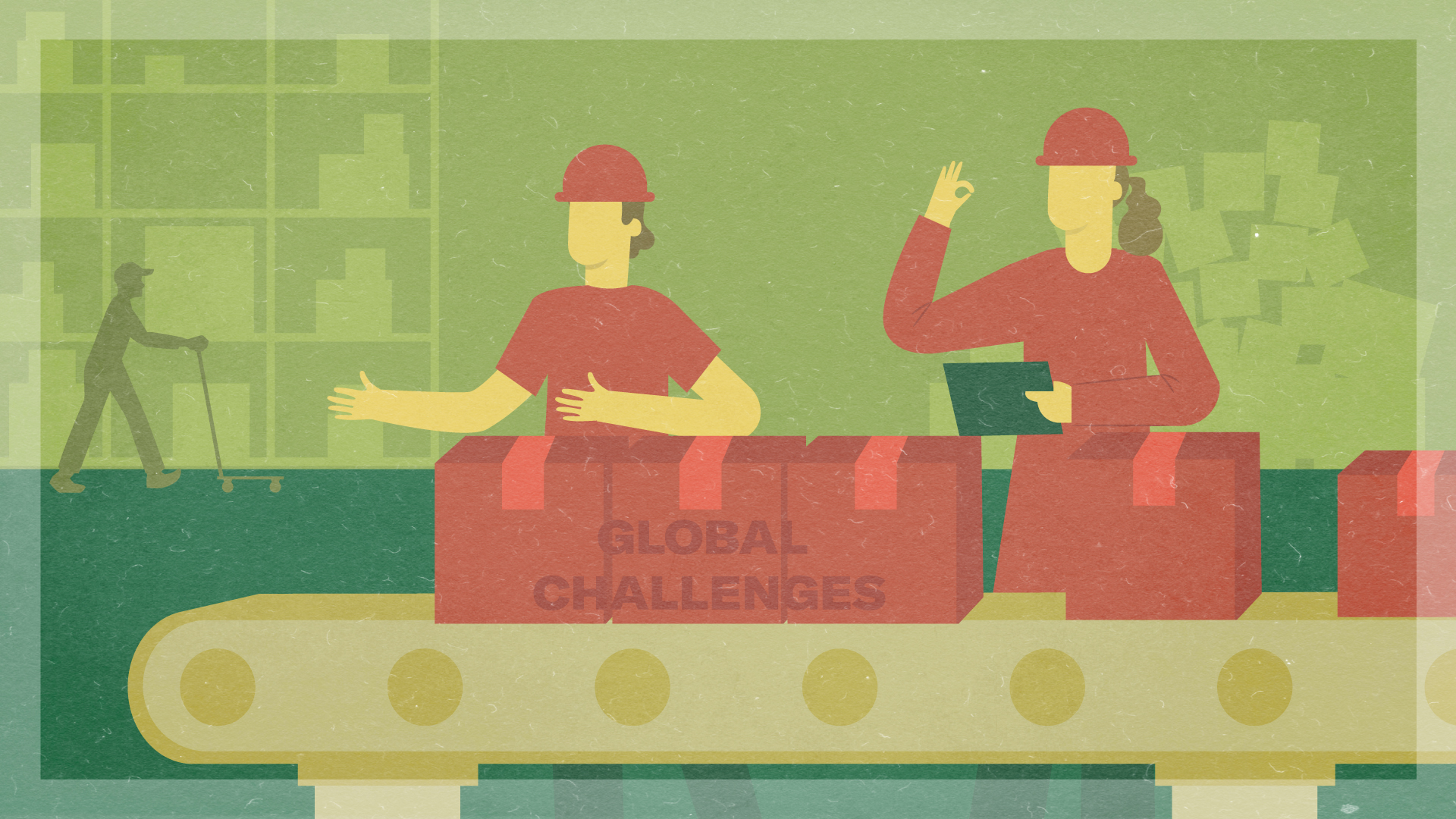I remember meeting a representative of the new South African government in the late 1990s who told me that for the first time, South Africans of different ethnic backgrounds were able to come together. Culture and art provided the main platforms for these encounters. So it should not come as a surprise that in a society that is still strongly divided, culture and art are perceived as stages or platforms for the practice of togetherness, the exchange of ideas, mutual learning and respect.
In June 2012, the South African Department of Arts and Culture presented a “National Strategy for Developing an Inclusive and Cohesive South African Society” (pdf available at: www.dac.gov.za reports.htm). The first line of the report reads: “This is a draft National Strategy on Social Cohesion and Nation-Building of the Department of Arts and Culture (DAC).” Under the concept of ubuntu, which involves interconnectedness, sharing, and commitment to the greater social good, this report states the vision of the Department of Culture and Art as: “To develop and preserve South African culture to ensure social cohesion and nation-building.”
It goes on to say: “This mandate derives from its role as public custodian of the diverse cultures, languages and heritage of the people of South Africa and as the national leader in providing public support for the development of innovation across the full spectrum of the arts as creative, economic and social practices, and as bearers of a dynamic society. As a consequence, the department’s programmes cover the administration of arts and culture in society, language, heritage promotion, national archives, records, libraries and heraldry.”
The South African government is therefore using culture and art as a way of achieving togetherness, mutual understanding and respect and as a means of overcoming the long and heavy legacy of colonialism and apartheid. In doing so, it highlights the importance, relevance and power of culture and art. This power is considerable, as is shown by the example of integrated sport in South Africa. The symbolism and lasting impact of playing football, rugby or cricket together goes beyond the players themselves. It sends a powerful message to the rest of the nation and even to the global sports audience. It instils values of togetherness and celebrates unity, and in doing so it forges a new democratic, hegemonic culture that has a positive effect on people’s values, norms, and motivations and influences the material conditions of their lives.
The symbolism and lasting impact of playing football, rugby or cricket together goes beyond the players themselves.
There are many other examples of how culture and art have the power to instil democratic values that provide the direction and motivation for democratic action. Such values have the potential to influence material conditions.
In Brazil, music is commonly used to lure youth away from drugs and crime. Many well-known NGOs, including Viva Rio, Afro Reggae, ISER, Pracatum and Bagunçaço, offer after-school music education as a way of engaging urban youth in positive and constructive activities. Music has proven to be a powerful tool in the struggle for Brazilian citizenship. Music is a way of increasing the self-esteem of groups that have historically been mistreated and disrespected: the victims of a deeply-ingrained institutional racism.
As musicians, poor urban youth can gain a voice and a public platform, or in this case, a stage. By making their voices heard, they are able to break their imposed silence and overcome their invisibility. Their voices enrich the Brazilian public sphere in important and consequential ways, making it more diverse and a reflection of Brazil’s multicultural society.
Percussion, in particular, seems to offer the additional side effect of channelling frustration and aggression into harmony. The Brazilian impromptu percussion formation “O Zarabe”, created and led by the Bahian musician Carlinhos Brown, provides a good example of this. In a TV interview given in the late 1990s, Brown explained that the 200 men who were running, drumming, and singing with him as they roamed the streets of Bahia could be using this energy to rob and steal in an “arrastão,” that is, a mass robbery orchestrated by a band of thieves sweeping up whatever is in their path. Instead, Brown explained, O Zarabe was a peaceful, musical arrastão that channelled youthful male energy into music (O Zarabe is made up exclusively of young black men).
The power of music to heal divisions and overcome separation can also be seen in the United States, where racial divisions and segregation are among the harshest in the world. In cities like New Orleans and Memphis, where African Americans dominate the music scene, we can see how integration is at work in bands and carnival floats.












